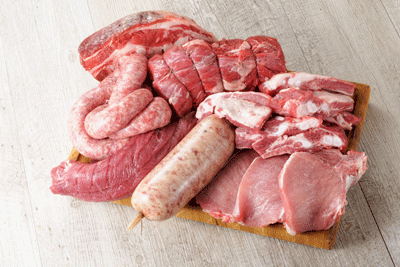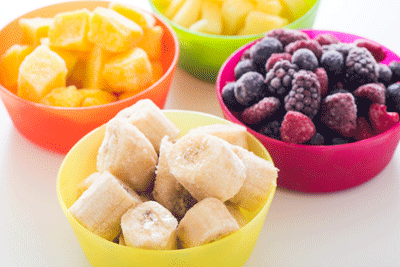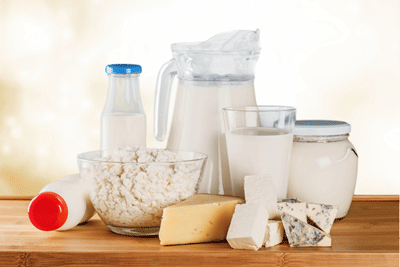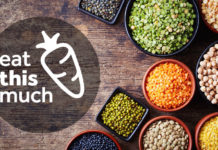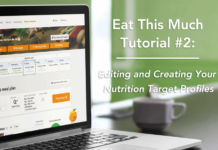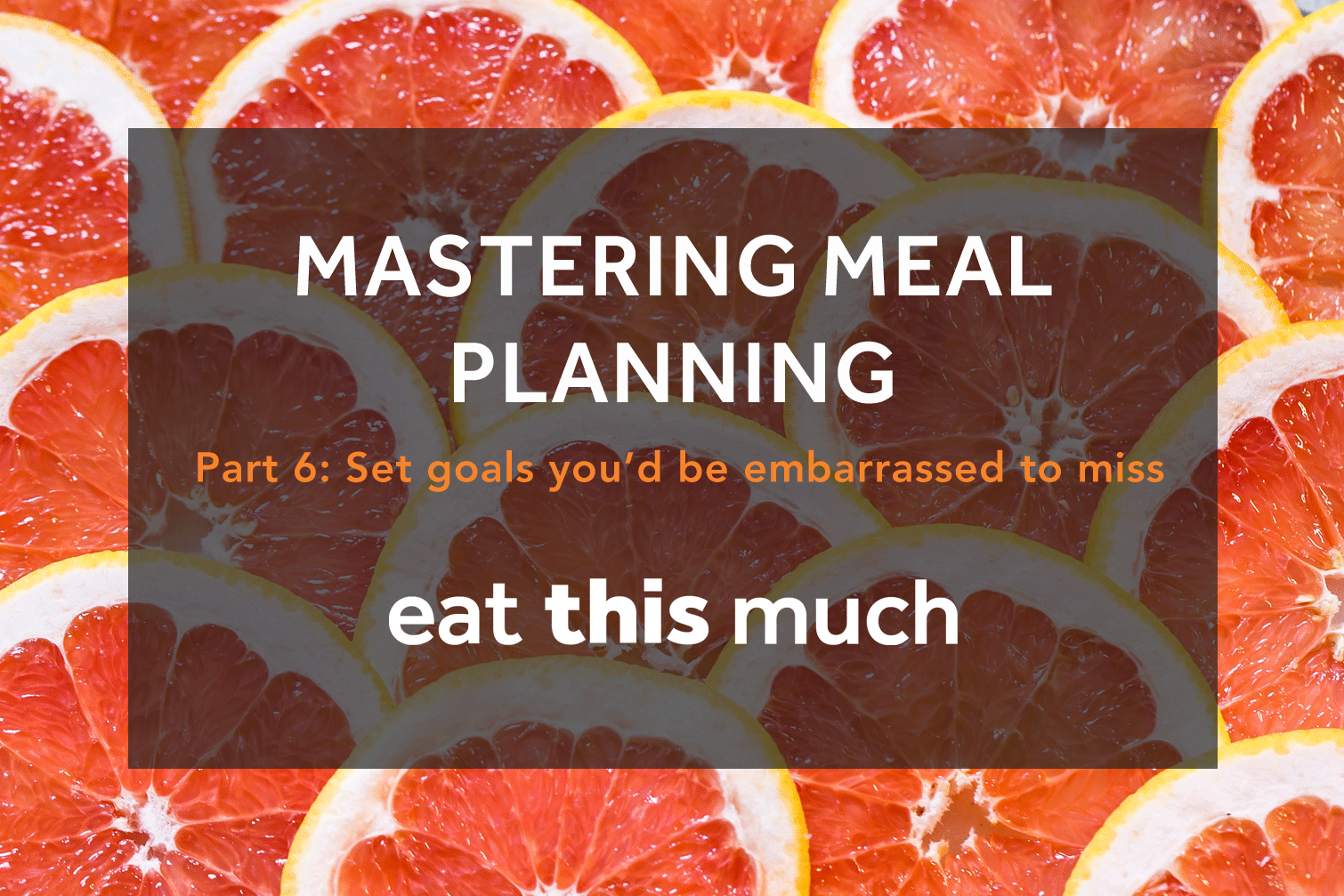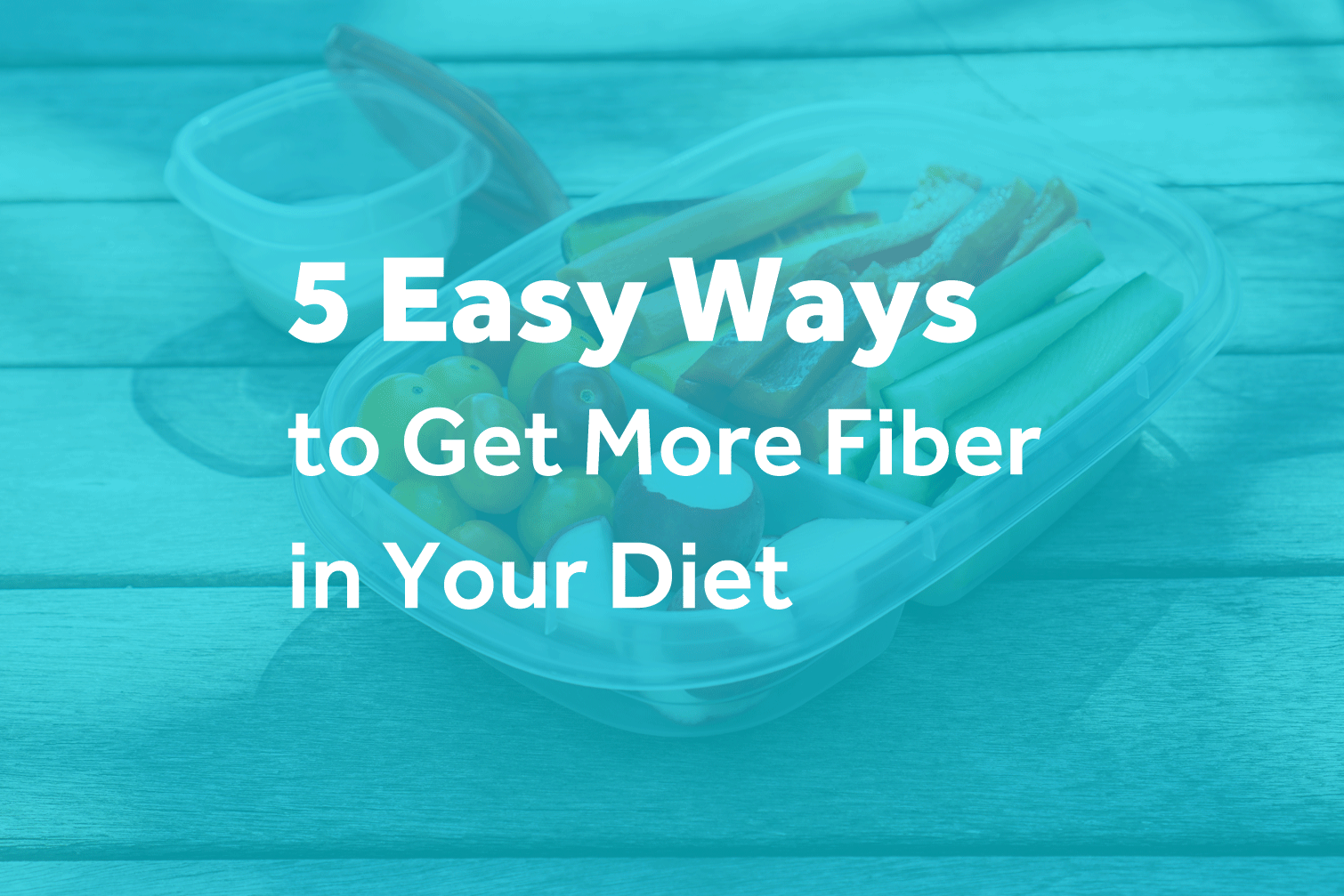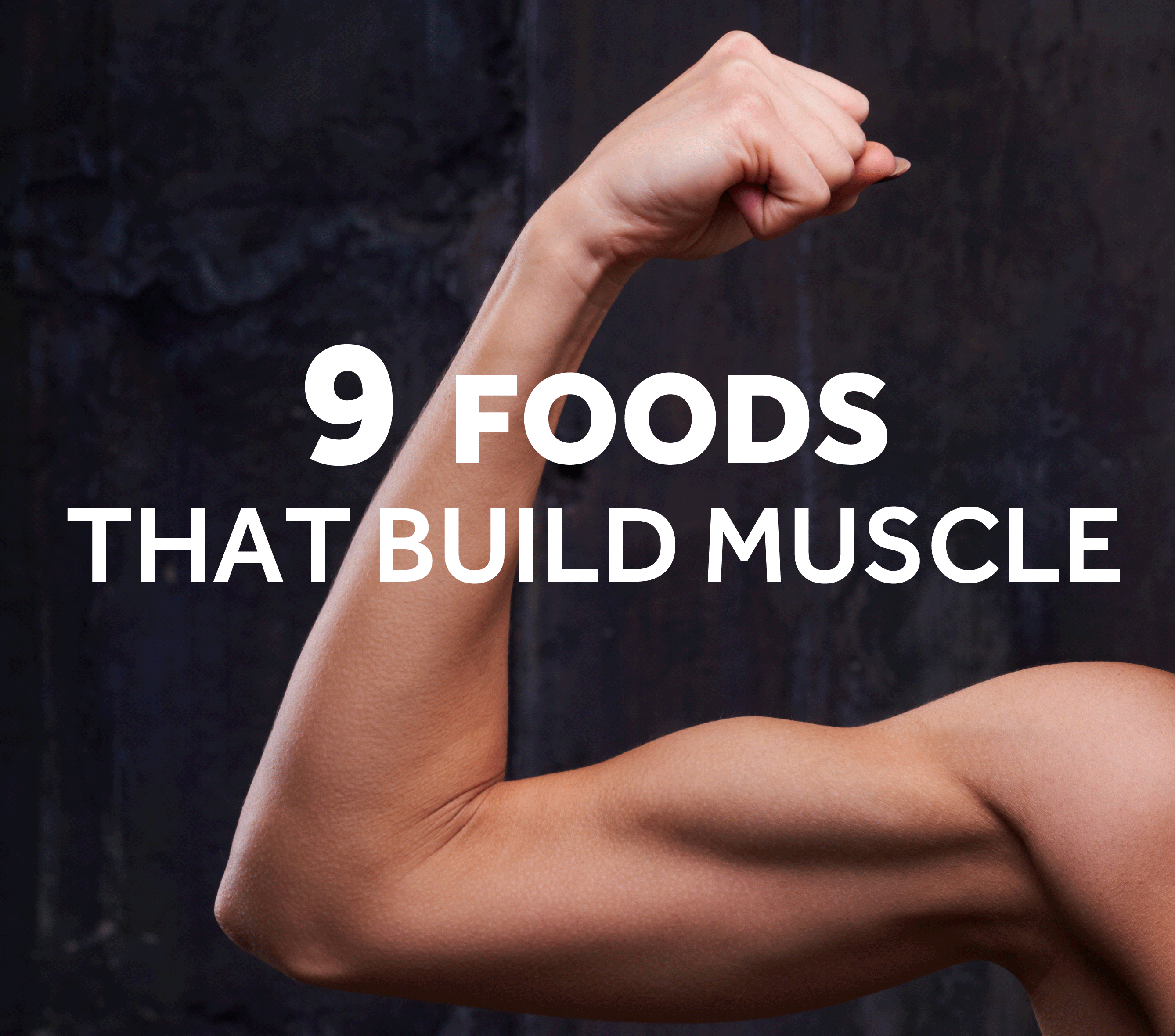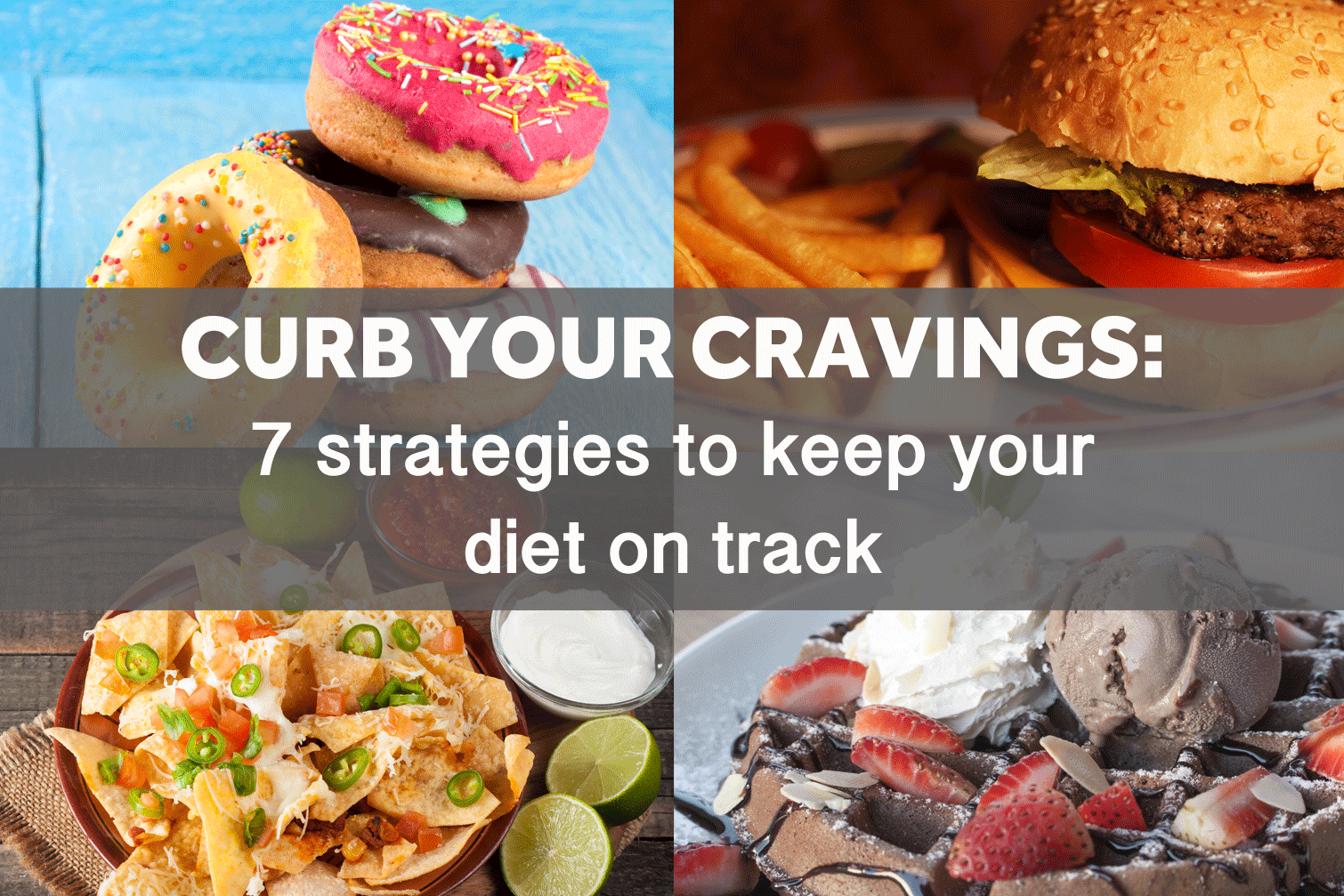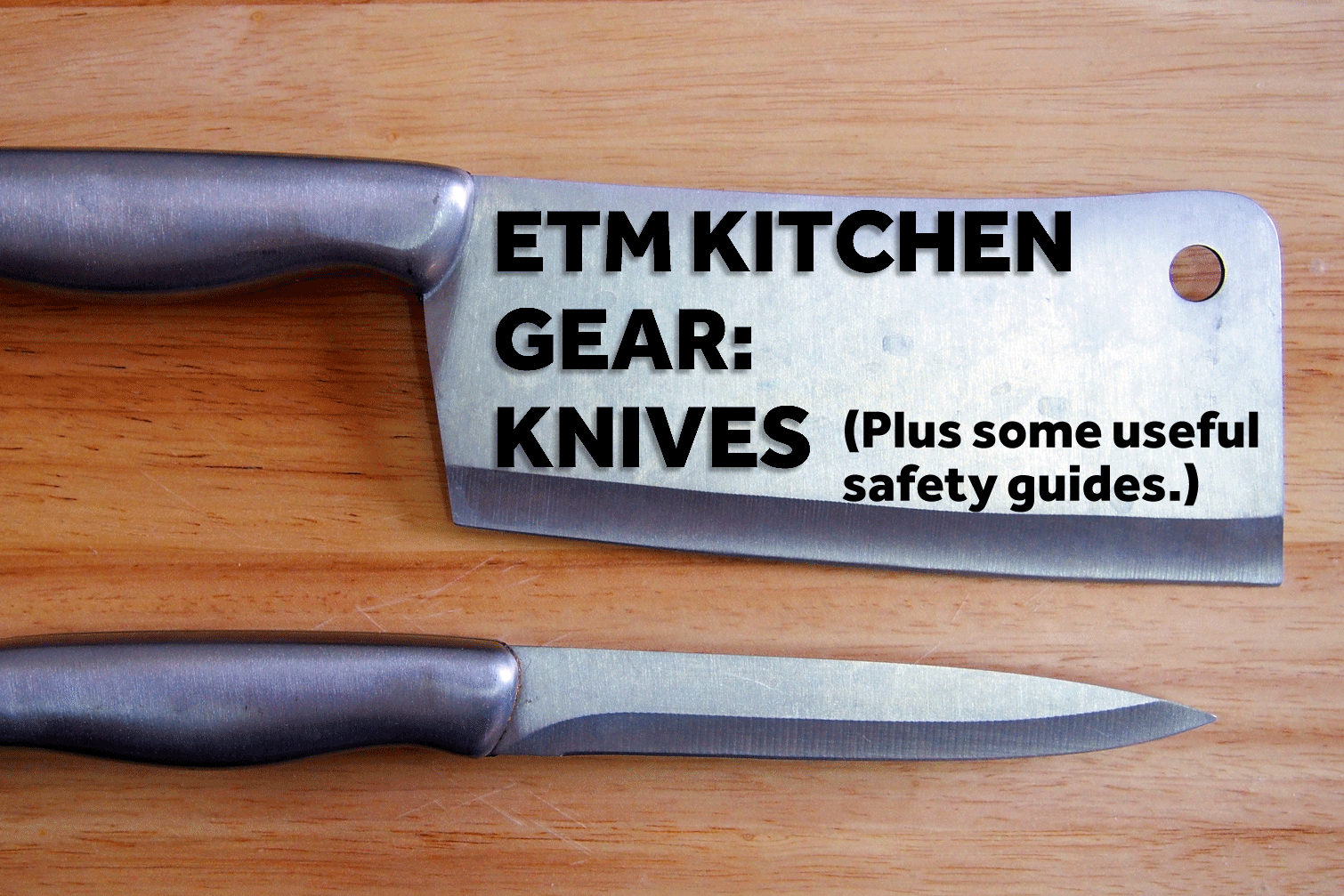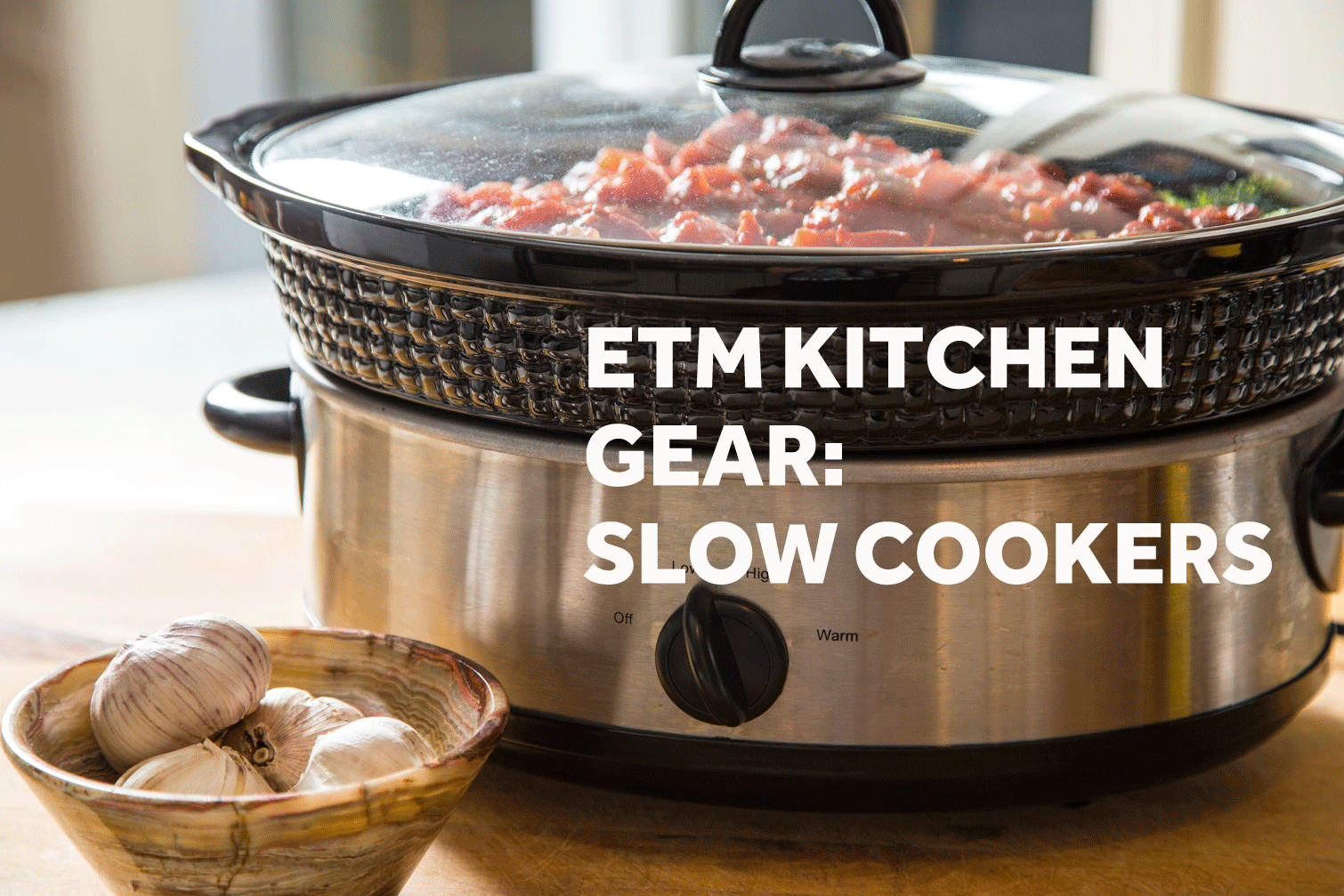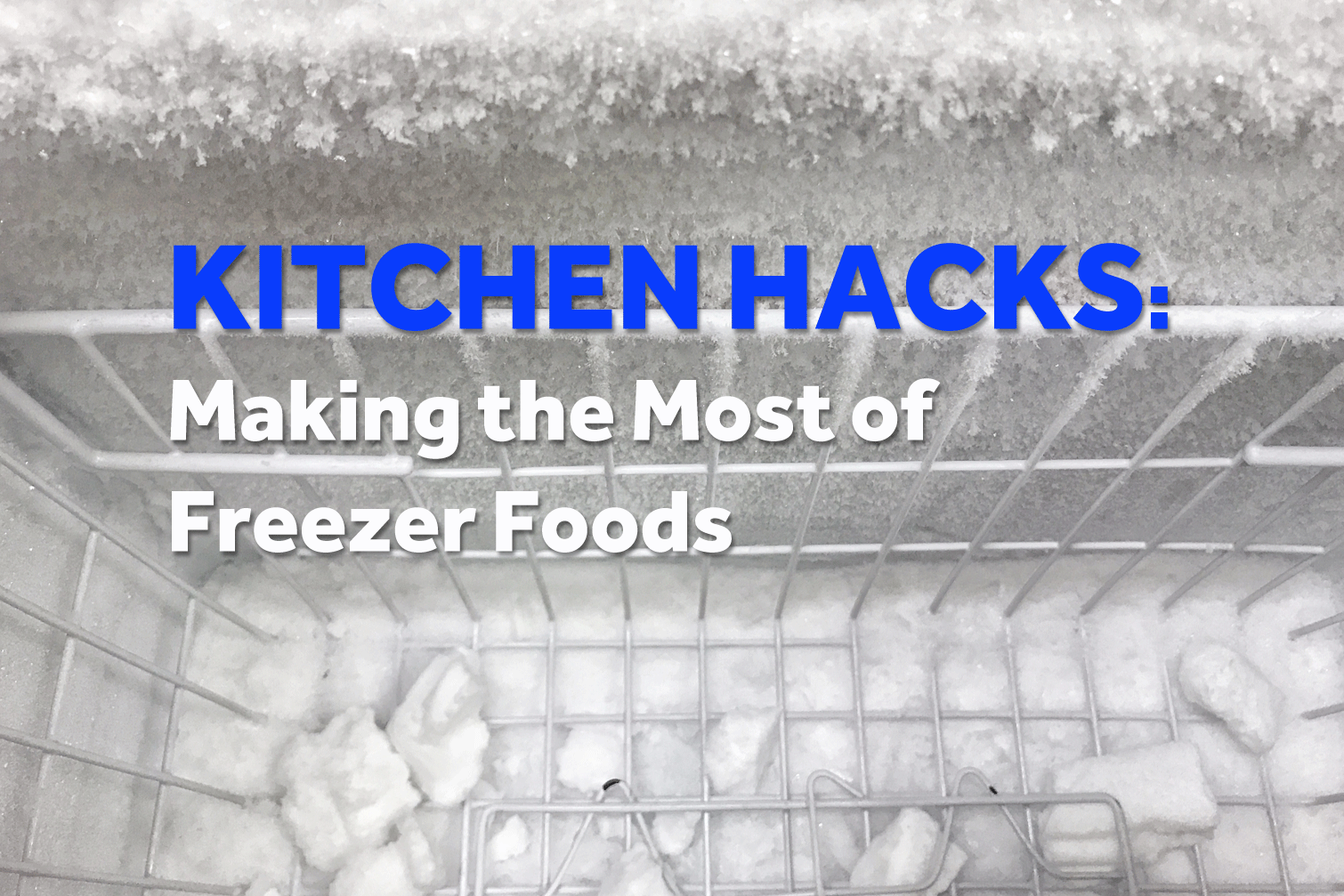 Keeping your freezer stocked with whole frozen foods is a great way to support your meal planning efforts and keep your wallet nice and fat while you reach your diet goals. That 5lb carton of strawberries on sale in July won’t end up a fuzzy disappointment in your fruit drawer if you know how to freeze them right. The same goes for meats, vegetables, some dairy products and a variety of other diet staples that are sold in bulk, often for a lower price. Freezer foods are also a huge help for those who can’t shop more than once a week and want more variety in their meals. The trick to stocking up your freezer like a pro is knowing what freezes best, how to freeze foods properly and which recipes turn into the best make ahead meals.
Keeping your freezer stocked with whole frozen foods is a great way to support your meal planning efforts and keep your wallet nice and fat while you reach your diet goals. That 5lb carton of strawberries on sale in July won’t end up a fuzzy disappointment in your fruit drawer if you know how to freeze them right. The same goes for meats, vegetables, some dairy products and a variety of other diet staples that are sold in bulk, often for a lower price. Freezer foods are also a huge help for those who can’t shop more than once a week and want more variety in their meals. The trick to stocking up your freezer like a pro is knowing what freezes best, how to freeze foods properly and which recipes turn into the best make ahead meals.
Which foods freeze the best?
The reason we don’t just freeze all the excess food we buy is ice crystals. When there’s air on the surface of a food that’s freezing, the water inside the food is pulled out as the crystals form. Not only does this dehydrate and discolor the food, the crystals can do damage to the cellular structure of the food while they’re being formed, which ruins the texture. This is why delicate, high water content and blended or viscous foods (think creamy, like sour cream or cottage cheese) don’t stand up well to being frozen. Luckily there are plenty of foods that freeze well on their own with a little bit of preparation:
Poultry, pork, beef and fish all freeze and thaw well as long as they are prepped right. Make sure to take the meat out of its original packaging before freezing and work quickly to prevent it from warming up. Check the meat for bones and remove or pad with extra plastic wrap anything that might pierce your freezer wrapping. We recommend using plastic wrap, freezer paper (always waxy side facing the food) or wax paper as a first layer that will get as close to the meat as possible to block out air. For things like drumsticks or other irregularly shaped items, you might want to wrap each individually to ensure a tight seal. Once the first layer is on, wrap it in really tight in tin foil, or put it in a plastic freezer bag with a zip closure.
If you’re going the freezer bag route, try any of the following methods to remove as much air from the bag as possible before closing it. For ground and boneless meats, push the contents of the freezer bag down to the bottom then roll the contents and the bag on itself, like a burrito, before closing the zip top. Don’t forget to flatten the contents out a bit before storing to ensure a quicker and more even freeze. If this method doesn’t get all the air out, zip the top closed but leave just enough room for a straw and suck the remaining air out. It might take practice to get the pull-straw-close-quickly move down right, but it’s worth it. (PRO TIP: Please don’t use this method on anything that has liquid or small particles in the bag. You definitely don’t want that in your mouth or lungs.)
There’s also the water bath method, in which you submerge the freezer bag in water allowing the pressure to push out any excess air before closing it completely. Just make sure no water gets in the bag and the bag dries completely before putting it in the freezer. Lastly, there’s the tried and true vacuum sealer method. A worthy investment if it fits in your budget, but not really necessary if the other methods work for you.
The heartier the vegetable, the better it will hold up in the freezer, but don’t worry, there are ways to keep the more delicate ones from spoiling. Just keep in mind that your fresh broccoli or tomatoes won’t return from the freezer in their same state. They’ll still be great for cooking, but probably not for eating thawed. And unfortunately, veggies like celery, cucumbers, cabbage, lettuces and radishes don’t freeze well due to their high water content, unless you use them in a slaw or pickle them first, but that’s for another blog post. Delicate herbs like chives, basil and dill can be cleaned, chopped and frozen in an ice cube tray with either water or oil covering them.
For the more sturdy veggies, freezer prep should include cleaning, cutting up into uniform pieces and either cooking until almost done or blanching quickly. If you’re not familiar with blanching, it’s when a food item is submerged in boiling water for only a few minutes then immediately placed in an ice water bath to cool off and stop the cooking process. Doing this kills bacteria, removes residue, and stops the enzymes that continue to ripen the vegetables after they’ve been picked or harvested. It also brightens the color of many veggies, which is a nice bonus.
Vegetables like sweet potatoes, winter squash, beets and pumpkin should be cooked more thoroughly before freezing, while onions, raw tomatoes, peppers and zucchini don’t necessarily require blanching before freezing. This list from the National Center for Home Food Preparation provides blanching methods and times for a wide variety of vegetables. In addition to blanching, you might want to try tray freezing, during which the blanched vegetables are spread out on a cooking sheet to freeze before being put in a bag for longer term storage. This keeps the pieces of food separate while frozen and makes portioning them out a breeze.
Similar to vegetables, fruits follow a “sturdier is better” rule for freezing, but with a few exceptions, they’ll all come out of the freezer in decent shape for smoothies, baking and cooking. Citrus fruits don’t freeze well at all, and unless you intend to eat them frozen, grapes don’t stand up to freezing well either. For everything else, the same cleaning, drying and chopping, if needed, that applies to veggies works here. Bananas, apples, pineapple, melons, mangos and stone fruits like peaches, plums, cherries, etc., should be washed, peeled/pitted, cut and frozen using the tray method mentioned above. Smaller fruits like berries don’t require cutting and also do well with the tray freezing method.
Don’t worry about cooking or blanching your fruits before freezing, unless you want to get into preserve making, but that is definitely for a separate blog post. Heavy duty freezer bags with zip closures are the best way to keep air out of your frozen fruit. PRO TIP: After using the tray method, pack yourself smoothie bags with pre-measured quantities of fruit and vegetables to toss right into your blender with plain greek yogurt for a quick and easy post-workout shake.
Unlike fruits and vegetables, there isn’t one blanket rule for whether or not a dairy product can be frozen successfully. Butter seems to freeze very well, but eggs left in their shells will explode in your freezer. Sour cream and yogurt will separate and get textured when frozen, but many block cheeses can be shredded or sliced before freezing to make thawing easier.
Milk and cream can be frozen as long as there is room in its container to expand and you don’t mind shaking it after it has thawed. Once a Month Meals offers a good run down of various dairy products and their freezer viabilities, along with how long each item can stay frozen. Freezer bags that have had as much air removed as possible are the best way to freeze solid dairy products, like shredded cheese and butter, while the original containers for milk and cream will keep the contents air tight.
Remember that time you bought a nice load of whole grain bread only to find mold on it three days later? That feeling of disappointment can be avoided when you freeze your baked items. Loafs of bread, tortillas, muffins, pitas, bagels and pancakes hold up very well in the freezer as long as you don’t mind a little texture change when they thaw. Your sliced bread and bagels will be better off with a quick toast after they’ve thawed, and the tortillas, muffins, pitas and pancakes do well being reheated briefly in the oven. If you want items like sliced breads and stacked pancakes to separate cleanly while frozen, slip a piece of wax paper between each before wrapping it up. Zip close freezer bags and plastic wrap are the best ways to keep baked goods from drying out in the freezer. The only downside to freezing baked items is they tend to lose their shape when you remove excess air from their storage bag. This isn’t the end of the world as many breads and muffins gain a little shape back when heated.
Rice and grains usually don’t require freezing to keep them fresh before they’re cooked, but once cooked, freezing is the best way to avoid throwing out uneaten portions. Make sure your rice, quinoa, barley, bulgur, couscous, etc., has cooled off before adding it to a zip top freezer bag. Flatten the grains out as much as possible and remove as much excess air as you can. Lay flat in the freezer to ensure it doesn’t freeze in a wonky shape that makes it hard to fit other foods around it. Thawing the frozen grains starts with running water over the freezer bag to loosen the contents, then heating the contents in a microwave safe dish, or adding them to a pot and cooking over low heat, adding a little liquid if necessary.
Best Recipes to Freeze and Reheat
Make ahead freezer meals can save so much time and money in your meal planning, you’ll wonder how you got by before hand. The best recipes to freeze are those that can be easily divided into specific portions and are made of ingredients that freeze well to begin with. What are your go-to freezer meals?
Burritos and taco filling – Easy to prepare and divvy up into individual servings for quick thawing.
Protein Breakfast Burrito – Nutritional Info: One serving = one burrito: 12.5g Carbs, 14g Fat, 14.8g Protein, 213.7 Calories
Beef and Bean Taco Filling – Nutritional Info: One serving = 16.2g Carbs, 23.3g Fat, 25.6g Protein, 375.9 Calories
Soups and Stews – Once you’ve made a full pot of these dishes, just split the contents up into freezer bags, label them and you’re good to go.
Chicken Soup a la Greque – Nutritional Info: One serving = 20.9g Carbs, 11.1g Fat, 27.2g Protein, 290.6 Calories
Chicken Stew – Nutritional Info: One serving = 10.2g Carbs, 6g Fat, 19g Protein, 170.4 Calories
Burgers – These recipes can be frozen either before or after they’ve been cooked, though we recommend freezing them before they’ve been cooked for better flavor.
Inside Out Bacon Burger – Nutritional Info: One serving = 2.7g Carbs, 24.2g Fat, 49.7g Protein, 427.9 Calories
Apple Turkey Burgers – Nutritional Info: One serving = 20.4g Carbs, 7.6g Fat, 20.9g Protein, 227.1 Calories
Delicious Black Bean Burgers – Nutritional Info: One serving = 31.7g Carbs, 5.3g Fat, 8.2g Protein, 200.7 Calories
Pancakes – These are our Eat This Recipe picks for High Protein and Savory Pancakes, all of which freeze and reheat very well.
Protein Oatmeal Pancakes – Nutritional Info: One serving = 64.1g Carbs, 2.9g Fat, 48.5g Protein, 459.4 Calories
Savory Broccoli Pancakes – Nutritional Info: One serving =11g Carbs, 8.8g Fat, 8.5g Protein, 153.3 Calories
Cinnamon Peach Cottage Cheese Pancakes – Nutritional Info: One serving = 20.9g Carbs, 8.7g Fat, 12.9g Protein, 210.8 Calories

